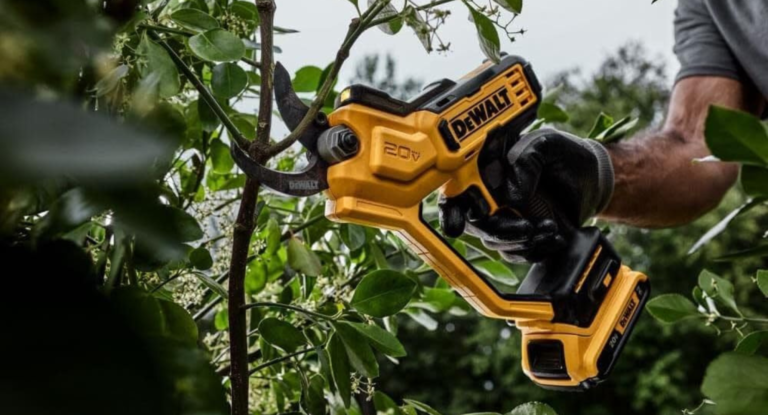

On April 2, the Trump administration announced tariffs on most US trading partners, including 125 per cent on China, 31 per cent on Switzerland, and 20 per cent on the EU. Days later, Trump announced a 90-day pause on some tariffs, but a 10 per cent baseline tariff remains. These tariffs are expected to impact all 510(k)-approved medical devices manufactured outside of the US (OUS). Thus, companies with OUS manufacturing will be affected by tariffs, while companies that exclusively manufacture in the US will not be impacted. Therefore, to remain competitive in the US market, IVD manufacturers may need to absorb increased costs from tariffs or move manufacturing to the US, says GlobalData.
Selena Yu, Senior Medical Analyst at GlobalData, comments, “Many IVD test kits have different components like primers, DNA probes, quality control reagents, tubes, and cartridges, that may be manufactured in other facilities in the US or OUS. Therefore, to remain competitive in the US market, IVD companies need to offset increased costs from tariffs. IVD companies that manufacture most of their tests in the US have an opportunity to increase their market share, as their products will remain unaffected by the tariffs.
“Importantly, the goal is to improve patient care and patient outcomes. It’s unclear whether tariffs will affect product quality. This is because moving facilities, cutting potential costs added on by tariffs, etc., can lead to a decrease in product quality.”
For example, according to GlobalData’s Sexual Health Tests SKU Tracker, the top-performing chlamydia and gonorrhea (CT/NG) dual tests in the US, based on sales volume, are Roche’s Cobas CT/NG test (44.3 per cent) and Hologic’s Aptima Combo 2 assay (42.4 per cent). Based on GlobalData’s MedSource Database, a database on the medical device supply chain, the Aptima test is exclusively manufactured in the US, whereas the Cobas test is partially manufactured OUS. Thus, the Hologic test is more “tariff-proof”.
Yu continues, “There are numerous approaches for hospitals and manufacturers to take when looking at the impact of tariffs on the IVD market. There may be a shift towards the US-manufactured tests due to public sentiments about using more “American-grown” products. Alternatively, hospitals may continue to use the same products despite increased test costs due to tariffs.
“The average selling price (ASP) of the Roche Cobas test is $3.41, while the Hologic Aptima assay is $9.32. This still allows for the Roche Cobas test to be at a competitive price in the market despite predicted price hikes due to tariffs. Another competitor, Cepheid XPERT CT/NG, has an ASP of $16.25 and is partially manufactured OUS; thus, the test is more at risk of losing market share due to tariffs.”
The goal of high-quality, accessible testing for patients is a side thought in the tariffs in healthcare conversation. Currently, it is unclear whether tariffs will affect care quality. Various factors, including moving facilities and cutting potential costs added on by tariffs, can lead to a decrease in product quality. Additionally, this may create a barrier to entry for innovative OUS-manufactured IVD tests to enter the US market.
Yu concludes, “The desire and necessity for a healthy population is a universal priority shared across the globe. Tariffs on diagnostic, screening, and monitoring tests can lead to patients not accessing care quickly enough if existing tests become scarce, unavailable, or too expensive in the US.”







